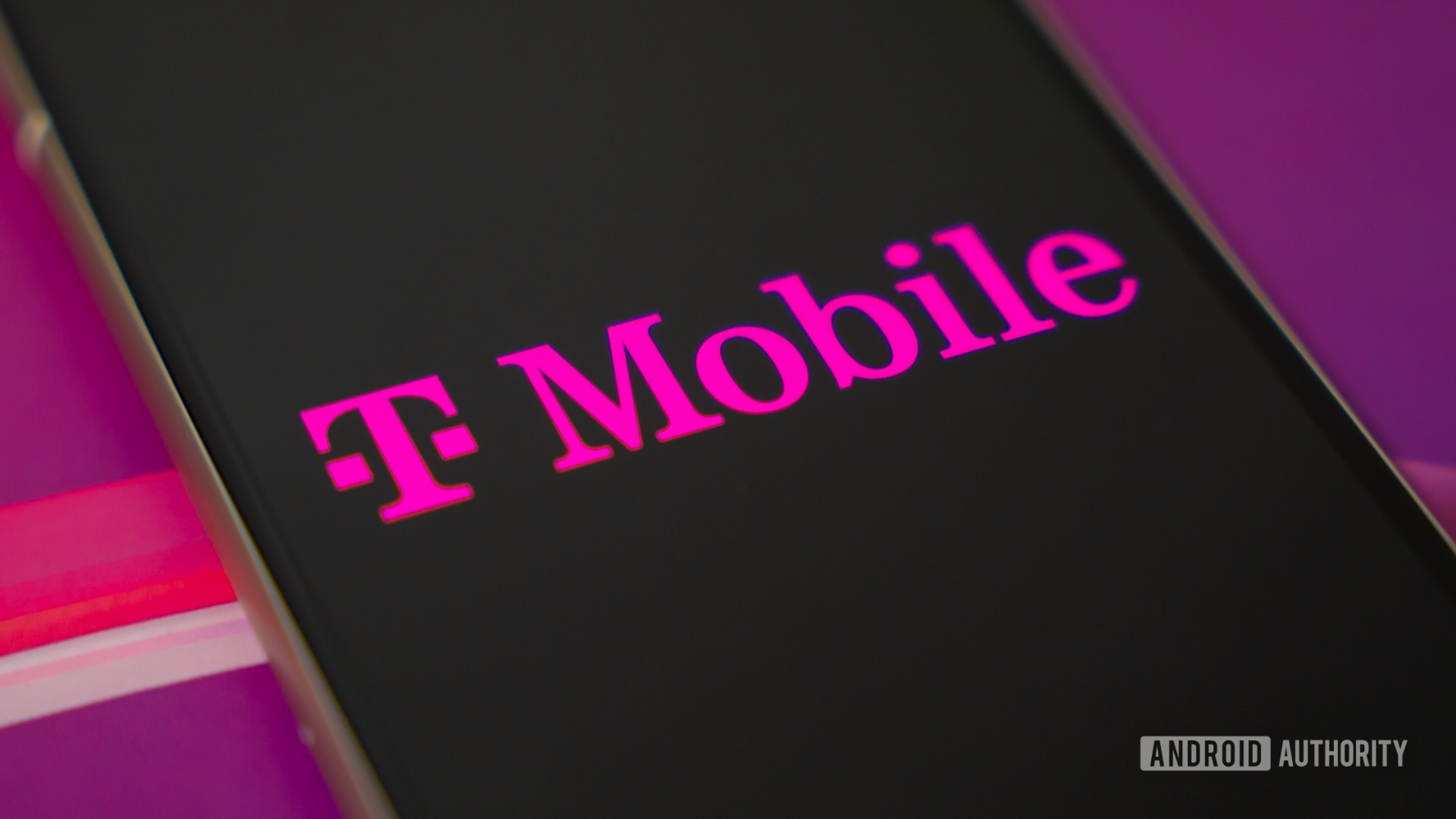Can Hydrafacial Treat Hyperpigmentation Issues?

Hyperpigmentation is one of the most common skin concerns that many individuals in Dubai and worldwide face. It refers to areas of skin that appear darker than the surrounding skin due to excess melanin production. This condition can be caused by various factors, including sun exposure, hormonal changes, acne scars, and aging. As people search for effective treatments to reduce these dark spots, HydraFacial has emerged as a popular option. But can this non-invasive treatment actually address hyperpigmentation? In this article, we will explore how HydraFacial works and its effectiveness in treating hyperpigmentation.
What Is Hyperpigmentation?
Hyperpigmentation is the darkening of the skin, often in the form of age spots, melasma, or post-inflammatory hyperpigmentation (PIH). It occurs when the skin produces an excess amount of melanin, the pigment responsible for giving skin its color. There are different types of hyperpigmentation, including:
- Sunspots (Age Spots): Caused by prolonged sun exposure.
- Melasma: Often triggered by hormonal changes, such as pregnancy or the use of birth control.
- Post-Inflammatory Hyperpigmentation (PIH): Dark spots that occur after an injury, acne breakout, or skin irritation.
While hyperpigmentation is generally not harmful, it can affect one's self-confidence, especially when the dark spots are widespread or particularly noticeable on the face.
What Is HydraFacial?
HydraFacial is a non-invasive, multi-step facial treatment that combines cleansing, exfoliation, extraction, and hydration in a single session. It uses a patented technology that removes dead skin cells and impurities while delivering nourishing serums directly into the skin. The procedure is customizable to address specific skin concerns, such as fine lines, acne, dryness, and pigmentation.
The treatment involves three main steps:
- Cleansing and Exfoliation: The skin is cleansed, and dead skin cells are removed to reveal a fresher complexion.
- Acid Peel: A mild chemical peel is applied to loosen dirt and debris from the pores.
- Extraction and Hydration: Impurities are vacuumed out, and the skin is infused with hydrating serums and boosters designed to target specific skin concerns.
HydraFacial can be tailored to target various skin conditions, and it is often used to improve the appearance of hyperpigmentation.
How Can HydraFacial Help With Hyperpigmentation?
While HydraFacial is primarily known for its ability to hydrate and rejuvenate the skin, it can also provide significant improvements in the appearance of hyperpigmentation. Here's how HydraFacial works to address this common concern:
Exfoliation and Cell Turnover
One of the key steps in HydraFacial is exfoliation, which removes dead skin cells from the surface of the skin. By exfoliating the outer layer, the treatment promotes faster skin cell turnover, helping to fade dark spots and uneven pigmentation over time. Regular exfoliation encourages the growth of new, healthy skin cells, which can gradually reduce the appearance of hyperpigmented areas.
Chemical Peel for Skin Brightening
During the HydraFacial treatment, a mild acid peel is used to exfoliate deeper layers of the skin. This chemical peel helps to break down the buildup of pigmentation in the skin and accelerates the fading process. HydraFacial peels typically contain glycolic and salicylic acids, which are known for their ability to reduce dark spots and improve skin texture. These peels help to brighten the skin, leaving it looking more even and radiant.
Targeted Serums and Boosters
HydraFacial treatments can be customized with specialized serums designed to target specific skin concerns, including hyperpigmentation. Serums containing ingredients like Vitamin C, arbutin, and kojic acid are often used to lighten dark spots and prevent further pigmentation. These ingredients work by inhibiting melanin production and promoting a more even skin tone.
- Vitamin C: Known for its brightening properties, Vitamin C is a powerful antioxidant that can lighten dark spots caused by sun exposure and age.
- Arbutin: A skin-brightening agent that helps to reduce the production of melanin, making it effective for treating hyperpigmentation.
- Kojic Acid: This ingredient is often included in HydraFacial treatments to lighten dark spots and even out skin tone.
These serums penetrate deep into the skin, providing targeted treatment that helps reduce pigmentation and promote a more uniform complexion.
Benefits of HydraFacial for Hyperpigmentation
Hydrafacial In Dubai offers several benefits for individuals dealing with hyperpigmentation:
- Non-Invasive Treatment: HydraFacial is a non-surgical treatment that requires no downtime, making it an attractive option for busy individuals.
- Immediate Results: Many people notice brighter, more even skin immediately after the treatment, with continued improvement over the following days and weeks.
- Safe for All Skin Types: HydraFacial is safe for all skin types, including sensitive skin, making it a suitable option for individuals with hyperpigmentation.
- Customizable: The treatment can be tailored to target specific pigmentation concerns, such as sunspots, melasma, or acne scars.
- Minimal Side Effects: Unlike more aggressive treatments, HydraFacial carries minimal risk of side effects, such as irritation or redness, making it a low-risk option for treating hyperpigmentation.
How Many Sessions Are Needed for Hyperpigmentation?
The number of HydraFacial treatments required to see significant improvement in hyperpigmentation depends on the severity of the condition. While some individuals may notice visible results after just one session, others may need multiple treatments to achieve optimal results.
- For Mild Hyperpigmentation: A single treatment may be sufficient to see noticeable improvement.
- For Moderate to Severe Hyperpigmentation: Multiple treatments, typically spaced 4 to 6 weeks apart, are recommended for more pronounced results. In some cases, it may take 4 to 6 sessions to achieve significant reduction in dark spots and even skin tone.
Post-Treatment Care for Hyperpigmentation
After a HydraFacial treatment, it’s essential to follow proper aftercare instructions to maintain and enhance the results:
- Sun Protection: Sun exposure can worsen hyperpigmentation, so it’s crucial to use sunscreen daily to protect the skin and prevent new pigmentation from forming.
- Moisturize Regularly: Keeping the skin hydrated helps maintain the results of the treatment.
- Follow Skincare Recommendations: Your dermatologist may recommend specific products to continue lightening dark spots and improving overall skin tone.
Conclusion
HydraFacial can be an effective treatment for hyperpigmentation, providing visible results in a safe, non-invasive manner. By exfoliating the skin, applying targeted serums, and using chemical peels, HydraFacial helps to reduce dark spots, even skin tone, and promote a healthier complexion. While multiple sessions may be necessary for more significant hyperpigmentation, the treatment offers noticeable improvements in skin brightness and texture. If you’re struggling with hyperpigmentation and want a quick, effective solution, HydraFacial may be the ideal choice for you.
What's Your Reaction?
 Like
0
Like
0
 Dislike
0
Dislike
0
 Love
0
Love
0
 Funny
0
Funny
0
 Angry
0
Angry
0
 Sad
0
Sad
0
 Wow
0
Wow
0




















































